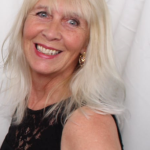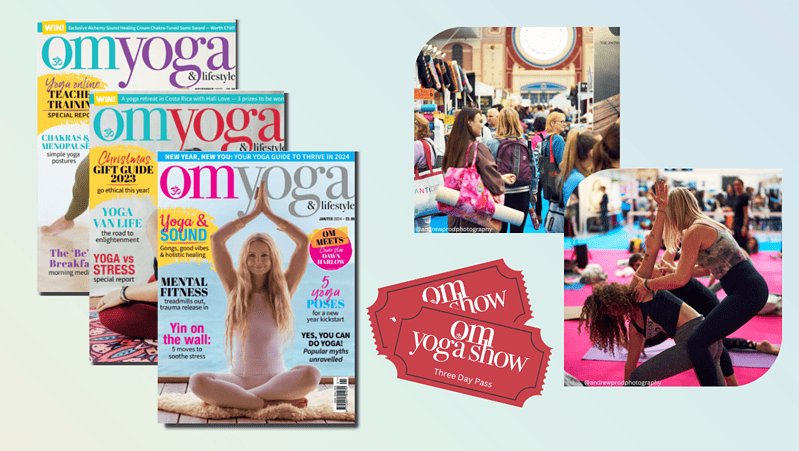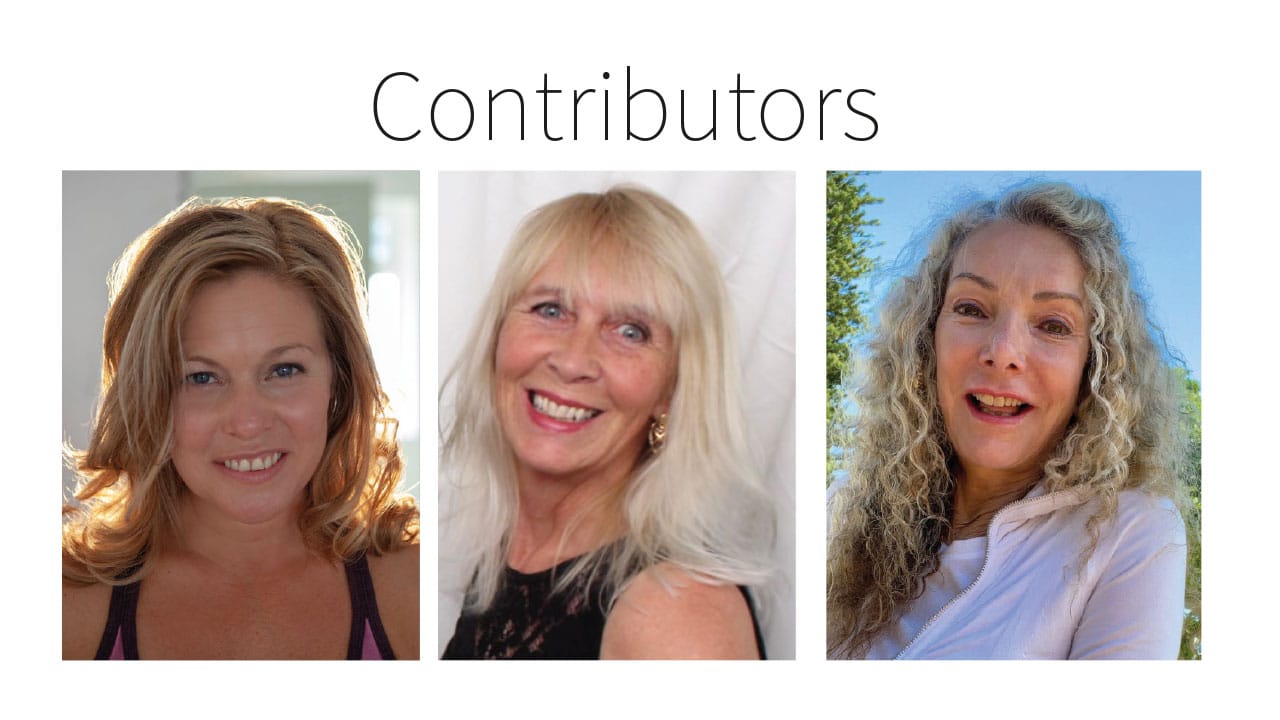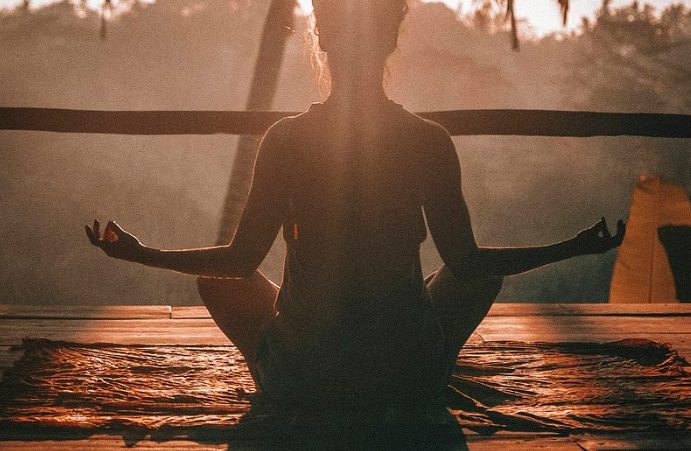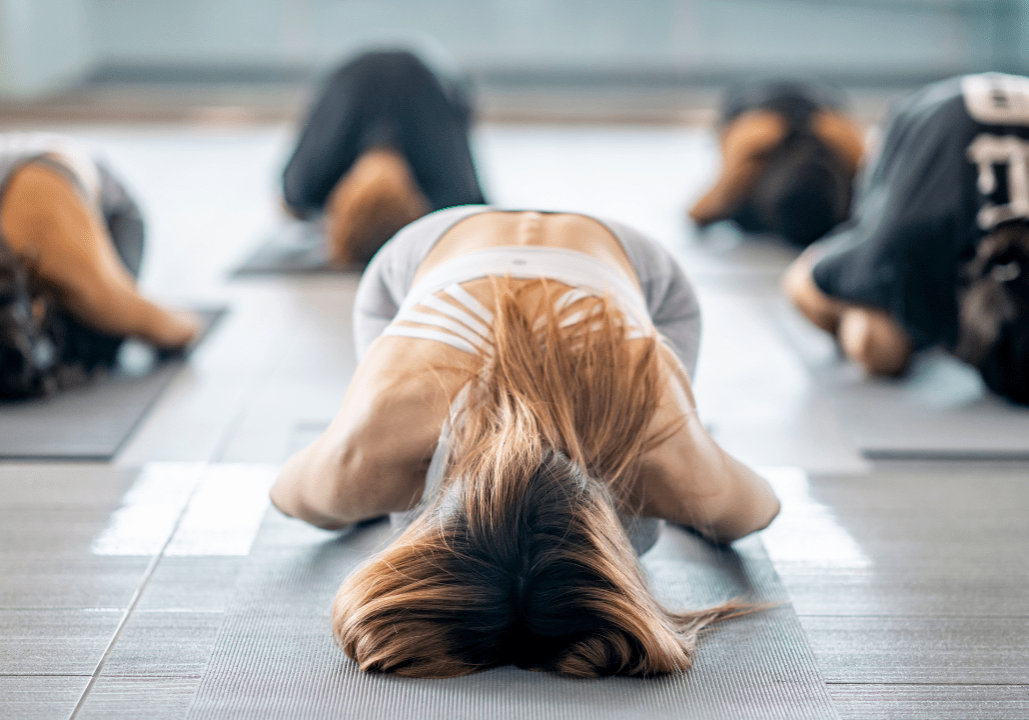
Pain in the Asana
It's great to challenge ourselves in yoga, but should we really be feeling pain whilst practicing? Diana Ashfield encourages us to be mindful
It’s great to challenge ourselves in yoga, but should we really be feeling pain whilst practising? Diane Ashfield encourages us to be mindful.
The first thing I say to my students at the beginning of every class is “Nothing in yoga hurts.” Should be easy to remember you would think? However, I still see students grimacing in postures as if they are about to give birth. To triplets! It’s really easy to identify the competitive yogi who is beginning to feel uncomfortable in the pose. First, they start to fidget, they find it hard to sit still once the pain sets in. Then their breathing becomes faster and more laboured. Their face might even turn a slightly delicate shade of tomato, and even when I remind the class that they can come out at any time, it falls upon deaf ears. Yet pain is an alarm bell sent to the brain, a part of our nervous system designed to protect us from hurting ourselves further. So why do some students decide to ignore the pain and carry on holding the pose, increasing the risk of pulled muscles and sore joints?
Well, our self-image has a lot to answer for. Although yoga is non-competitive and we are encouraged to leave the ego at the door, this doesn’t seem to put off some yogis being determined to stay in the pose longer than the person on the mat next to them. No matter what the cost. It’s like having a stare-out with your cat - whoever blinks first is the loser.
It could also have something to do with the sayings “no pain, no gain” and “feel the burn.” These adages instil the notion within us that there should be some sort of sacrifice we have to make to be able to bend our bodies into amazing shapes – but bringing pain upon ourselves could actually be considered a form of self-harm.
The five Yamas formulated by the wise sage Patanjali (known as The Father of Yoga) thousands of years ago are moral disciplines regarding our attitudes towards others. The first Yama – Ahimsa – means non-violence and non-hurting, and although these codes of conduct generally govern our actions towards others, they should apply to us too.
It’s important to remember that when we are in pain our heart rate increases, blood pressure rises, our breathing becomes more shallow and our muscles tighten up – the total opposite of what we are trying to achieve in yoga!
Five points to reflect upon before rolling out your mat:
- This is a yoga class, you are not auditioning for Cirque du Soleil
- Use props such as blocks, belts, blankets or the wall to support you – it’s not cheating
- Don’t compare yourself to other students, concentrate on what’s happening on your own mat
- Listen to your breath. If you feel the need to breathe through your mouth rather than your nose, you are probably working too hard
- Don’t force your body, be patient and work to your limits
And if you do feel any pain whilst holding an asana, please come up, come out, or come back to an earlier stage if there is one. Don’t try to push yourself through the pain barrier just to look cool. Swallow your pride and be kind to your body, and if you are feeling competitive, have a stare-out with your cat instead.

